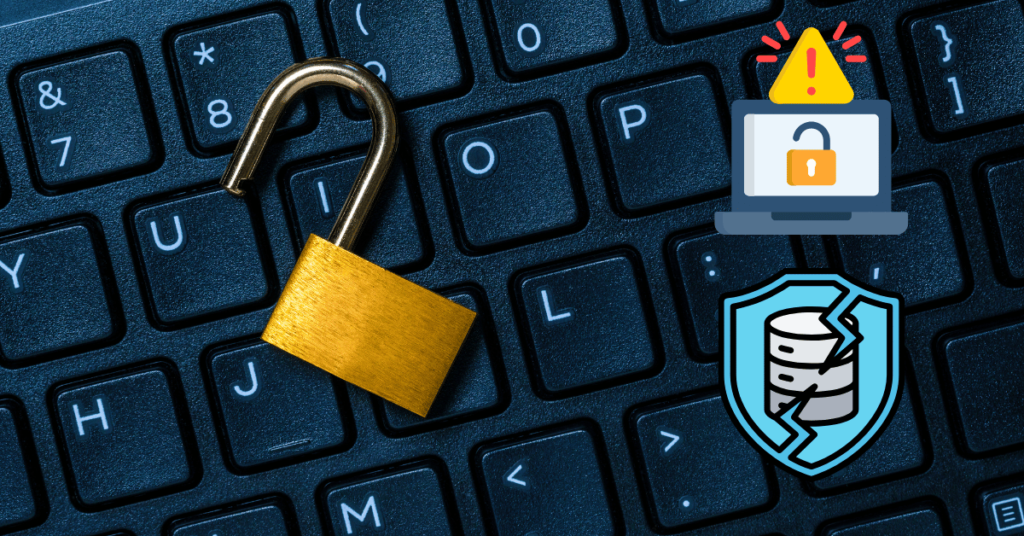Filing a cyber insurance claim can be daunting, especially during the stress of a cyber incident. However, understanding the process and having a clear action plan can make it significantly easier and help maximize the coverage benefits. This guide provides a step-by-step breakdown of how to file a cyber insurance claim effectively.
1. Assess and Confirm the Cyber Incident
Before initiating the claim process, confirm that a cyber incident has occurred and understand the scope. It’s essential to distinguish between a legitimate incident and a false alarm. Conduct a preliminary assessment with your IT team or a cybersecurity expert to identify the nature and severity of the issue, such as whether it’s a data breach, ransomware attack, or phishing scam.
Steps for Incident Assessment:
- Identify affected systems and data.
- Determine if any sensitive information was exposed.
- Evaluate the potential impact on business operations.
2. Review Your Cyber Insurance Policy
Before filing a claim, review your cyber insurance policy to understand the terms, coverage limits, and exclusions. This step will clarify whether the incident qualifies for coverage and what types of costs can be reimbursed, such as data restoration, business interruption, or legal fees.
Key Aspects to Review:
- Covered events: Ensure the type of incident is within your policy’s scope.
- Deductibles and limits: Confirm any out-of-pocket expenses and maximum coverage amounts.
- Reporting requirements: Many policies require incidents to be reported within a specific timeframe.
3. Notify Your Insurance Provider Immediately
Once you confirm the incident and review your policy, contact your insurance provider. Prompt notification is crucial, as many policies have strict timelines for reporting claims. Be prepared to share initial information about the incident, including the type of attack and suspected impact.
Information to Provide:
- Date and time of the incident
- Description of the event and affected systems
- Initial assessment of damages or data compromise
4. Mitigate Damage and Secure Evidence
After notifying your insurer, work on containing the incident to prevent further damage. Disconnect affected systems from the network, reset passwords, and take necessary steps to secure your data. It’s also essential to preserve evidence of the cyber event for claim evaluation, legal requirements, or regulatory purposes.
Key Actions for Damage Mitigation:
- Take affected systems offline.
- Log all activities related to the incident.
- Avoid altering or deleting any data that may be needed for investigation.
5. Document All Expenses and Losses
For reimbursement, you’ll need to maintain a detailed record of all costs incurred due to the cyber incident. This documentation should include any immediate expenses and ongoing losses, such as costs for data recovery, IT services, legal consultation, and business interruption.
Typical Expenses to Track:
- Costs of hiring external cybersecurity experts
- Legal and compliance fees
- Lost revenue due to downtime
- Communication and public relations costs if a public breach notification is required
6. Work with the Insurance Adjuster and Provide Required Documentation
After initiating the claim, the insurance provider will assign an adjuster to assess the incident. The adjuster’s role is to evaluate the validity of your claim, the extent of damages, and the costs covered by your policy. Cooperate fully and provide all requested documentation, including evidence of the cyber event and financial losses.
Commonly Required Documentation:
- System logs and security reports
- Incident response team reports
- Invoices and receipts for all related expenses
- Evidence of business interruption, such as sales records
7. Follow Up on the Claims Process
Throughout the claims process, stay in communication with your insurance provider. Respond promptly to any additional information requests and verify that your claim is moving forward. Following up regularly helps avoid delays and ensures the process is as smooth as possible.
Recommended Follow-Up Actions:
- Request a timeline for claim assessment and payout.
- Clarify any ambiguous terms or requirements.
- Confirm that all necessary documentation has been received.
8. Receive Claim Payout and Finalize the Claim
After the insurance provider has reviewed and approved your claim, you will receive a payout based on your policy’s terms. Review the settlement carefully to ensure it covers the approved costs and losses. Once finalized, work with your provider to officially close the claim.
Important Considerations for Finalization:
- Verify that all approved expenses are covered.
- Confirm if any deductible adjustments are applied.
- Ask about any additional steps to close the claim.
Conclusion
Filing a cyber insurance claim involves multiple steps, but a well-structured approach can help businesses recover faster and minimize financial impacts. By following these steps—assessing the incident, documenting losses, working closely with your insurance provider, and proactively following up—you can ensure a smoother claims process. Having a robust incident response plan and understanding your policy’s specifics ahead of time also makes it easier to navigate the complexities of a cyber insurance claim.
So that was all about this article. For further guidance on cyber insurance policies and cybersecurity best practices, consult resources like the National Cyber Security Alliance.




